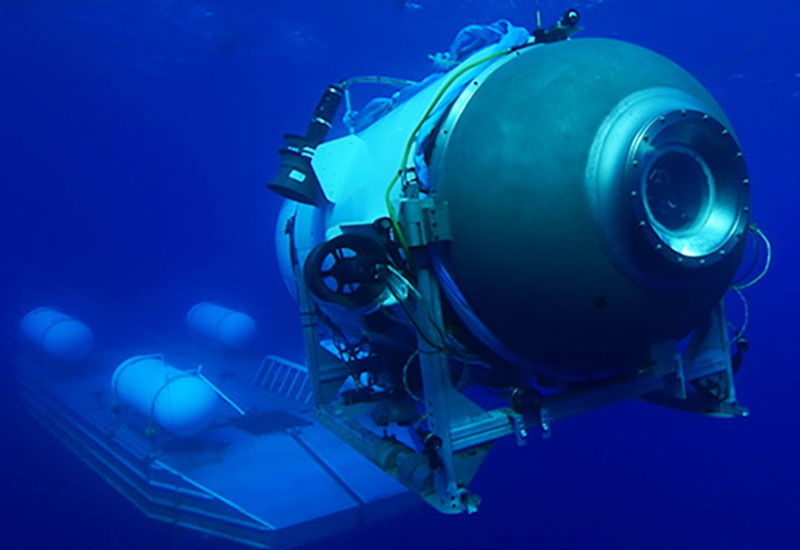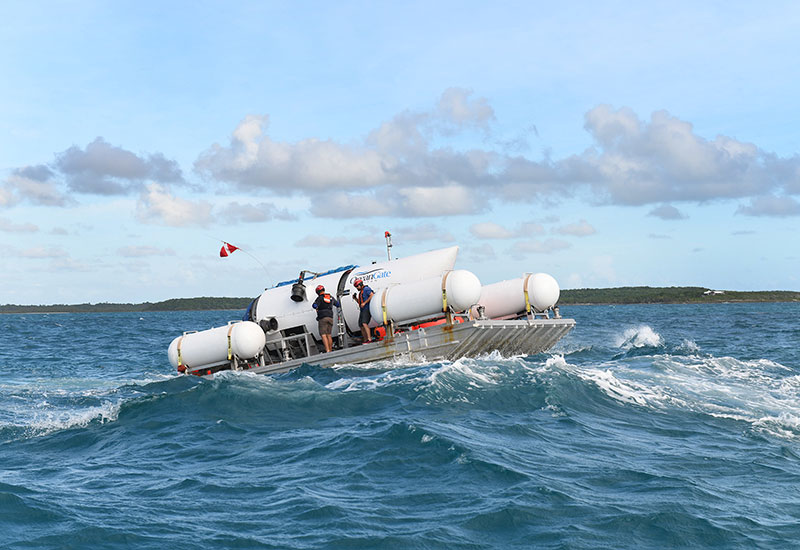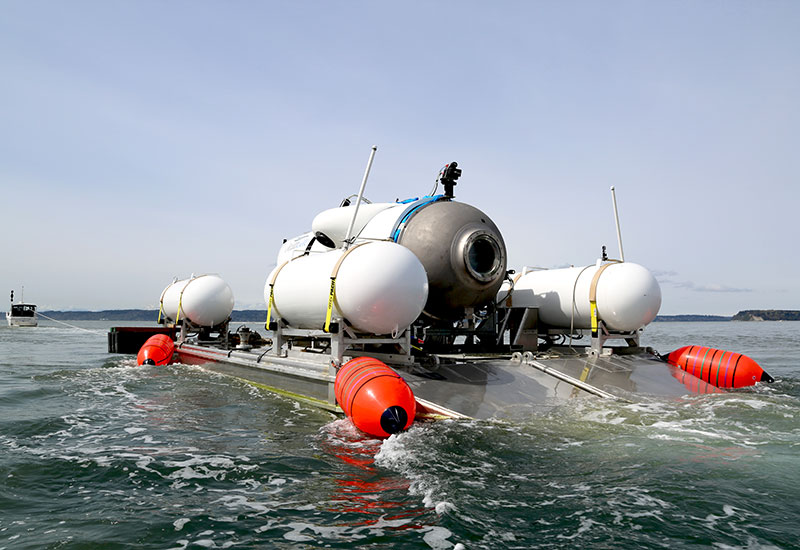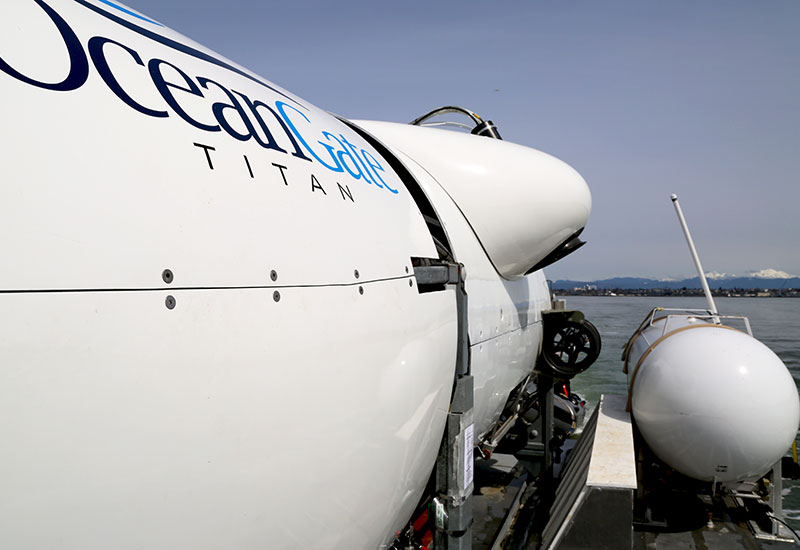OceanGate’s Titan submersible has been missing since the early hours of Sunday, June 18.
The vessel, which was designed to take five people to the depths of 4,000m (13,123 ft), embarked on an expedition to the wreck of the Titanic – which sunk in the Atlantic Ocean on April 15, 1912, and lies at a depth of approximately 3,800m (12,500 ft).
Titan lost contact with research vessel Polar Prince approximately an hour and 45 minutes into its dive.

OceanGate claimed Titan has a 96-hour oxygen supply in case of emergencies – which is estimated to have run out at 12.08pm GMT+1.
The submersible cannot be opened from within, meaning it needed to be found within the estimated time frame for those inside to survive.
The company charges an eye-watering $250,000 for a spot on its eight-day expedition.
There are five billionaires onboard the vessel – including French submersible pilot Paul-Henri Nargeolet, and OceanGate CEO and founder Stockton Rush.


The other three passengers are Pakistani businessman Shahzada Dawood and his 19-year-old son Suleman, and British aviator Hamish Harding.
An international rescue effort was launched, led by the US Coast Guard and involving military aircraft.
On Tuesday, it was reported that authorities had expanded their capabilities in order to search deeper waters and expand the area of the subsurface searched.
Oceanologist Dr Simon Boxall claimed a distress signal was sent out from Titan; however, he doesn’t know the timing of the communication.


At around 3pm GMT+1 on Tuesday, a Canadian aircraft joined the search using sonar; At this point, approximately 10,000 square miles had been searched.
An hour later, it was reported that France would send a ship, called the Atalante, equipped with a deep-sea diving vessel to join the rescue operation.
In the early hours of Wednesday morning, regular banging sounds were picked up by sonar devices which were deployed in the search for Titan.
These were initially reported as possible signs of life.

The US Coastguard later confirmed remote underwater vehicles had been redeployed in response to the reports of banging sounds.
As of approximately 8am GMT+1 on Wednesday, five vessels were searching the area – Polar Prince, Deep Energy, Atlantic Merlin, Skandi Vinland and CGS John Cabot.
A further five – Canadian CGS Ann Harvey, Canadian CGS Terry Fox, Motor Vessel Horizon Arctic, His Majesty’s Canadian Ship Glace Bay, and French Research Vessel L’Atalante, were all described as “en route”.
The US Coastguard predicted that oxygen would run out on the vessel by approximately 12.08pm on Thursday.

As of 8am on Thursday, ten vessels are involved in the rescue operation.
The French remotely operated vehicle Victor 6000, which was deployed by research vessel L’Atalante, entered the water at approximately 12.45pm GMT+1 – nearly 40 minutes after the oxygen levels are predicted to have run out.
The robot has remotely controlled arms that have the ability to cut cables and perform additional manoeuvres which could release a stuck vessel.
It’s operated by a 25-strong crew and “can work non-stop for up to 72 hours”.

Victor 6000 also has a diving capability of 6,000m – which means it can dive even deeper than the Titanic wreck.
Brent Sadler of The Heritage Foundation claimed the chance of a successful rescue at this stage are “very, very small”.
However, the rescue operation for Titan remains ongoing.

